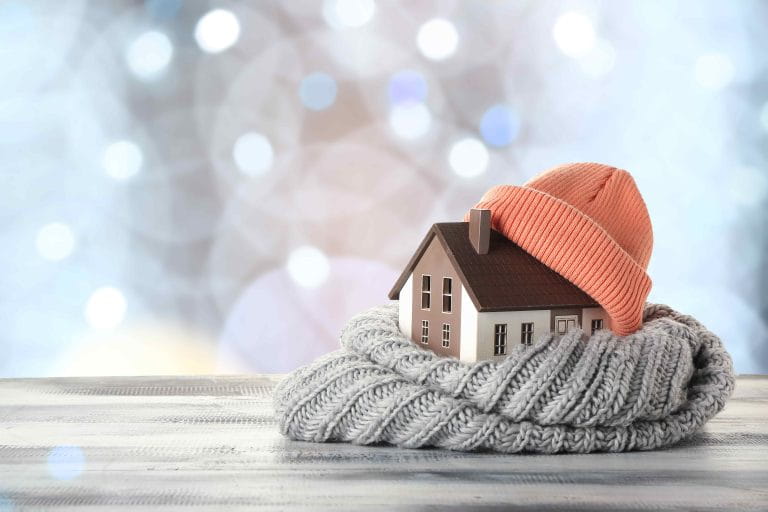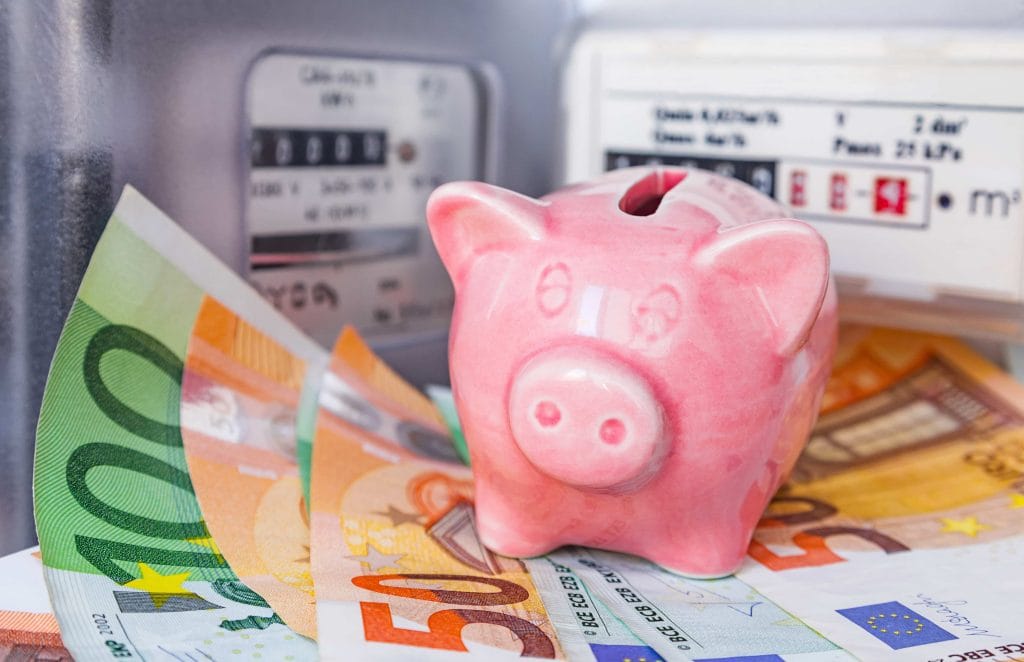The bad season is knocking at the door: so it is time to figure out how to have a properly heated home. Let's discover together how to set up the boiler in winter to ensure relaxation and well-being without spending too much.
How to regulate the boiler for radiators?
To achieve the best results in terms of heating and to reduce consumption and costs on the bill, there are no big secrets. Just a few precautions that, as simple as they may be, are essential for managing the boiler properly.
- In winter, it is advisable to set the temperature of the hot domestic water between 113°F and 131°F. This is an optimal range and ensures a nice warm shower without excess.
- For a heating system with radiators, the temperature levels go from 140°F to 158°F.
- With an underfloor heating system, the parameters vary between 104°F and 122°F.
Some devices such as smart thermostatic valves contribute to energy and cost savings. Thanks to their state-of-the-art technology, users can intervene and set the home temperature remotely. It is possible to adjust the radiators’ operation while returning home after a day out, with a pleasant and welcoming warm feeling.
How to adjust the boiler to save energy?
Contrary to what some may believe, turning the boiler on and off does not contribute to optimising consumption. Therefore, it should always be left on. The reason is straightforward.
- After ignition, gas consumption is higher because, during this phase, the boiler aims to reach the set temperature as quickly as possible.
- Increased energy effort does not immediately result in the heating of the surroundings; it takes2 or 3 hours of uninterrupted operation to feel the benefits.
- It is, therefore, more cost-effective to keep the boiler on all the time, even at night. This way, it can operate at the minimum power to maintain a constant temperature without excessive (and unnecessary) gas consumption.
A second step involves adjusting the flow temperature, i.e. the temperature of the water circulating in the pipes that supply the heating system. As mentioned above, the suggested parameters are between 140° and 158° F for radiators and between 113° and 131°F for hot water.
Let's not forget that the boiler must undergo regular maintenance by an experienced technician to avoid unpleasant surprises. A well-maintained and controlled heat generator operates correctly and optimises its efficiency. This contributes to energy and cost savings, too, similar to the installation of a condensing boiler which recovers energy from gas combustion.
Should I turn my boiler down at night?
Since the boiler should always be left on, there is no need to turn it off at night or to adjust the flow temperature. However, you can set the room temperature using the radiators according to the time of day.
The temperature should be between 60,8°F and 64,4°F in the bedroom during sleeping hours. If it is too high, it creates conditions for a negative impact on people's health: from an environment that is too dry, damaging the mucous membranes of the respiratory system, to disturbed sleep because muscles do not relax enough if temperatures exceed 68°F.
The bedroom should not be too cold either, as the humidity level would rise, surpassing critical thresholds with the formation of mould and dust mites.
The use of home automation systems helps to establish the ideal temperature since they can detect the humidity level in the room.
How to set the heating thermostat to save money?
Proper boiler usage goes hand in hand with effective thermostat management. As 68°F is considered the perfect level for a comfortable indoor temperature during winter, the thermostat should be set not to exceed this value.
Users should evaluate when to activate heating based on the household's habits. There are times when the residence is busier and others when it is empty because people are at work or school.
Modern thermostats allow users to schedule the heating system's activation and deactivation times. Smart thermostats add even more advanced features: firstly, they can be controlled remotely, similar to smart thermostatic valves.
Secondly, smart thermostats also monitor air quality. They are extremely precise and learn the inhabitants' habits, automatically turning on or off.
Finally, thanks to wireless connectivity, they are always updated with the release of new software versions.
This way, the winter cold becomes less intimidating, even for your wallet.











































